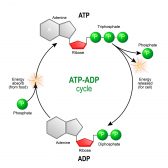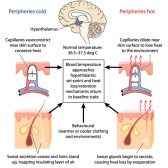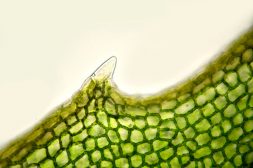Definition
noun
Growth or movement response of a cell or an organism to moisture or water
Supplement
In general, tropism is an orienting response of an organism to a stimulus. It often involves the growth rather than the movement of an organism. The response exhibited by the organism to the stimulus is mostly involuntary, which means it cannot go either towards or away from the stimulus source as in taxis. In tropism, the response of the organism is often by its growth rather than by its movement. It may grow either towards or away from the stimulus.
Hydrotropism is a form of tropism characterized by the growth or movement response of a cell or an organism to moisture or water. The response may be positive or negative. A positive hydrotropism is one in which the organism tends to grow towards moisture whereas a negative hydrotropism is when the organism grows away from it. An example of positive hydrotropism is the growth of plant roots towards higher relative humidity level. The plant is able to sense this at the root cap and then sending signals to the elongating part of the root. Nevertheless, gravitropism often has more influence on root growth than hydrotropism.1
Word origin: Ancient Greek hudro-, húdōr (“water”) + tropism
See also:
Reference(s):
1 Takahashi, N., Yamazaki, Y., Kobayashi, A., Higashitani, A., & Takahashi, H. (June 2003). “Hydrotropism interacts with gravitropism by degrading amyloplasts in seedling roots of Arabidopsis and radish”. Plant Physiol. 132 (2): 805–810.







